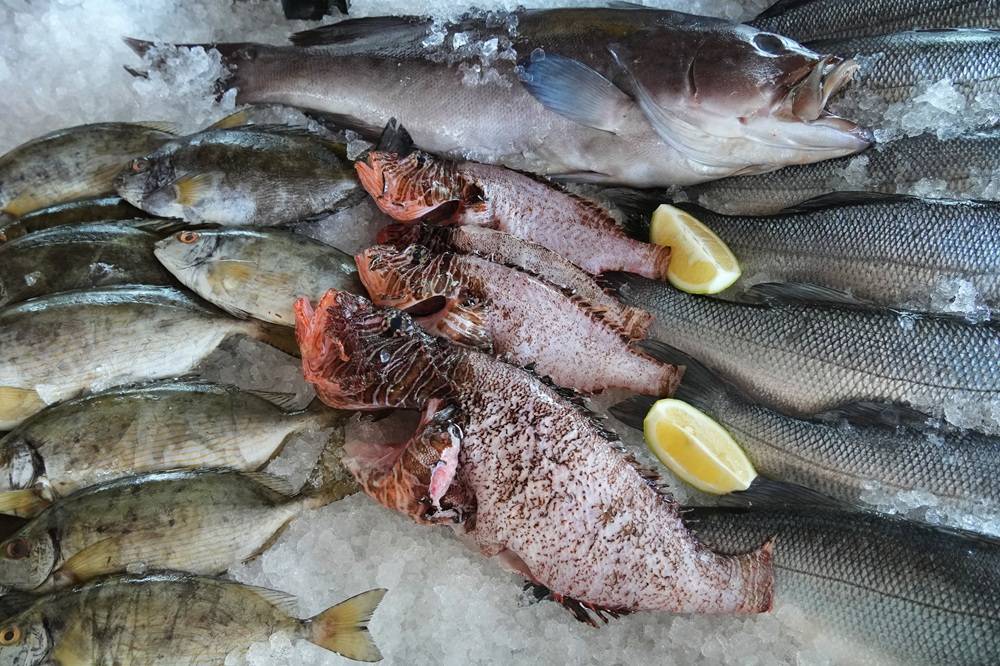Egyptian museums are displaying collections of historic artifacts and memorabilia that highlight the heritage of the holy mosque under the theme “Piece of Ramadan”.
Running until the end of the holy month, the exhibitions feature rare Quran copies, lanterns, and personal memorabilia of princes and historic figures.
The Museum of Islamic Art (central Cairo) displays a Quran copy that dates back to the Umayyad era in the 2nd century of Hegira (8th century AD). According to the museum’s records, this copy, written in a simple kufi style and black ink, is “the oldest featuring shape tags and red notes.”
The Hurghada Museum displays several pieces including a lantern that belonged to Sultan Barquq, the first Sultan of the Circassian Mamluk dynasty of Egypt, who ruled from 784 until 801 Hegira (1382-1389 AD). The lantern is made of thick glass and features decorations.
Director of the Nile Palace Museum Muhammad al-Bardini said the museum is taking part in the celebrations of Ramadan’s historic ambiances with some pieces that belonged to the palace’s owner, Prince Mohammed Ali Tewfik.
The collection includes “a number of Quran copies, rosaries, and a silver fridge that was used by the prince and his family during Ramadan, in addition to a collection of prayer mats, and an ivory box featuring Al-Aqsa Mosque.”
“Displaying the artifacts and memorabilia related to the holy month is aimed at linking the present to the past, and recalling Ramadan stories of historic figures,” he told Asharq Al-Awsat. “The rare memorabilia of Prince Mohammed Ali Tewfik highlight his interest in Ramadan and its rituals,” he noted.
Many other Egyptian museums have also organized exhibitions on the occasion of Ramadan. Under the theme “Bring Lanterns, Kids”, the Museum of the Royal Vehicles in central Cairo displays a collection of historic memorabilia including two copper lanterns that date to the era of Mohamed Said Pasha, a silver fruit plate from the collection of the Muhammad Ali Dynasty, and a Victorian horse carriage that was dedicated for mosque visits.
The museum also screens a documentary that brief the visitors on Ramadan celebrations during the rule of the Muhammad Ali Dynasty.
The “Ahlan Ramadan” exhibition at the Nile Palace Museum displays 25 artifacts linked to the holy month, while the Kafr El Sheikh Museum in the Egyptian Delta hosts an exhibition dubbed “Ramadan Kareem.” It displays a Quran copy handwritten by Sheikh Mohammed Abdelaziz Al-Rifai in 1341 Hegira, in addition to paintings, two handwritten pages from a Quran, and a lantern featuring the name of Khedive Abbas II Helmy Bey.
As for the Museum of Royal Jewelry in Alexandria, it displays a rare picture of King Farouk performing the first Friday prayer in Ramadan, at the historic Rifai Mosque accompanied by eminent scholars and statesmen.










